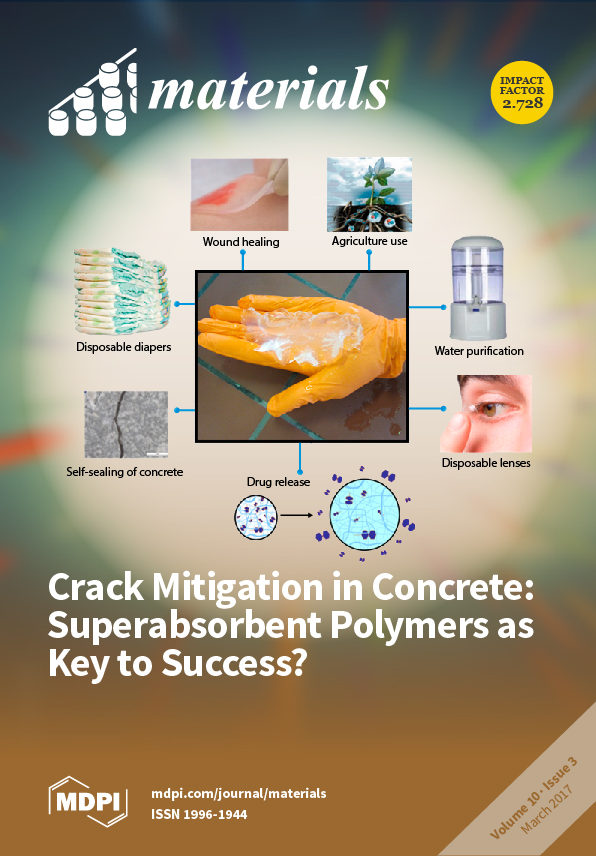In this paper, YF
3:Ho
3+@TiO
2 core-shell nanomaterials were prepared by hydrolysis of tetra-
n-butyl titanate (TBOT) using polyvinylpyrrolidone K-30 (PVP) as the coupling agent. Characterization methods including X-ray diffraction (XRD), transmission electron microscopy (TEM), energy-dispersive X-ray spectroscopy (EDS)
[...] Read more.
In this paper, YF
3:Ho
3+@TiO
2 core-shell nanomaterials were prepared by hydrolysis of tetra-
n-butyl titanate (TBOT) using polyvinylpyrrolidone K-30 (PVP) as the coupling agent. Characterization methods including X-ray diffraction (XRD), transmission electron microscopy (TEM), energy-dispersive X-ray spectroscopy (EDS) under TEM, X-ray photoelectron spectroscopy (XPS), fluorescence spectrometry, ultraviolet-visible diffuse reflectance spectroscopy, and electron spin resonance (ESR) were used to characterize the properties and working mechanism of the prepared photocatalyst material. They indicated that the core phase YF
3 nanoparticles were successfully coated with a TiO
2 shell and the length of the composite was roughly 100 nm. The Ho
3+ single-doped YF
3:Ho
3+@TiO
2 displayed strong visible absorption peaks with wavelengths of 450, 537, and 644 nm, respectively. By selecting these three peaks as excitation wavelengths, we could observe 288 nm (
5D
4→
5I
8) ultraviolet emission, which confirmed that there was indeed an energy transfer from YF
3:Ho
3+ to anatase TiO
2. In addition, this paper investigated the influences of different TBOT dosages on photocatalysis performance of the as-prepared photocatalyst material. Results showed that the YF
3:Ho
3+@TiO
2 core-shell nanomaterial was an advanced visible-light-driven catalyst, which decomposed approximately 67% of rhodamine b (RhB) and 34.6% of phenol after 10 h of photocatalysis reaction. Compared with the blank experiment, the photocatalysis efficiency was significantly improved. Finally, the visible-light-responsive photocatalytic mechanism of YF
3:Ho
3+@TiO
2 core-shell materials and the influencing factors of photocatalytic degradation were investigated to study the apparent kinetics, which provides a theoretical basis for improving the structural design and functions of this new type of catalytic material.
Full article






